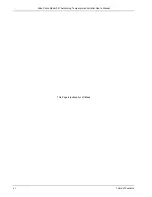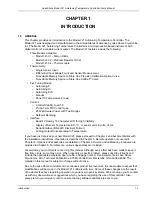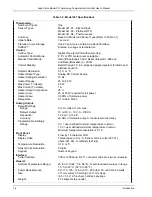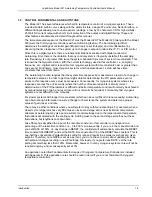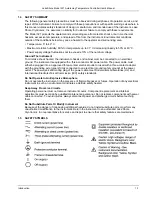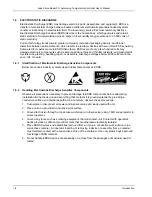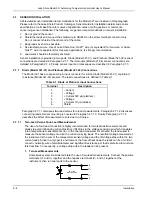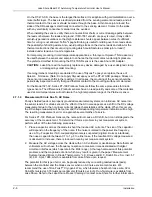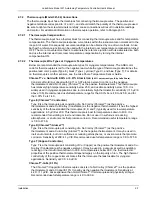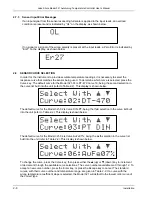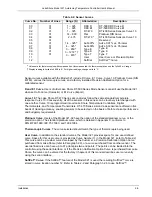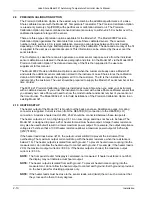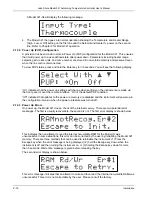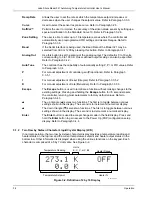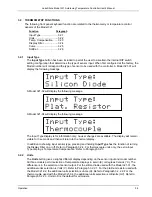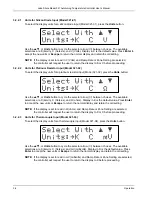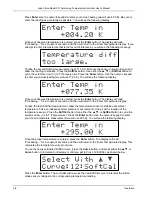
Lake Shore Model 321 Autotuning Temperature Controller User’s Manual
Installation
2-5
Some loss in accuracy can be expected since the voltage measured at the voltmeter becomes
the sum of the sensor voltage and the voltage drop across the connecting leads. The exact
measurement error will depend on sensor sensitivity and variations resulting from changing
temperature. For example, a 10
Ω
lead resistance will result in a 0.1 mV voltage error. The
resultant temperature error at liquid helium temperature is only 3 mK, but, because of the
diode’s lower sensitivity (dV/dT) at higher temperatures, it becomes 10 mK at liquid nitrogen
temperature.
2. Four-Lead
Measurements
All sensors, including both two-lead and four-lead devices, can be measured in a four-lead
configuration to eliminate the effects of lead resistance. The exact point at which the connecting
leads are soldered to the two-lead sensor normally results in a negligible temperature
uncertainty.
I+
V+
I–
V–
Four-Lead
Diode
Four-Lead
Platinum
I+
V+
I–
V–
The four-lead measurement configuration should always be used with Series PT-100 Platinum
Sensors being attached to the Model 321-02.
2.7.1.2
Connecting Leads To The Sensor
An excessive heat flow through the connecting leads to any temperature sensor can create a
situation where the active sensing element is at a different temperature than the sample to which
the sensor is mounted. This is then reflected as a real temperature offset between what is
measured and the true sample temperature. Such temperature errors can be eliminated by proper
selection and installation of the connecting leads.
In order to minimize any heat flow through the leads, the leads should be of small diameter and low
thermal conductivity. Phosphor-bronze or Manganin wire is commonly used in sizes 32 or 36 AWG.
These wires have a fairly low thermal conductivity yet the electrical resistivities are not so large as
to create any problems in measurements.
Lead wires should also be thermally anchored at several temperatures between room temperature
and cryogenic temperatures to guarantee that heat is not being conducted through the leads to the
sensor.
2.7.1.3 Sensor
Mounting
Before installing a diode sensor, identify which lead is the anode and which is the cathode. When
viewed with the base down and with the leads towards the observer, the positive lead (anode) is on
the right and the negative lead (cathode) is on the left. The Lake Shore DT-470-SD silicon diode
sensor lead configuration is shown below. For other sensors, read the accompanying literature or
consult the manufacturer to ensure positive identification of sensor leads. Be sure the lead
identification remains clear even after installation of the sensor. It is also a good idea to record the
serial number and location of the sensor.
DT-470-SD
Diode Sensor Leads
Anode
Cathode


